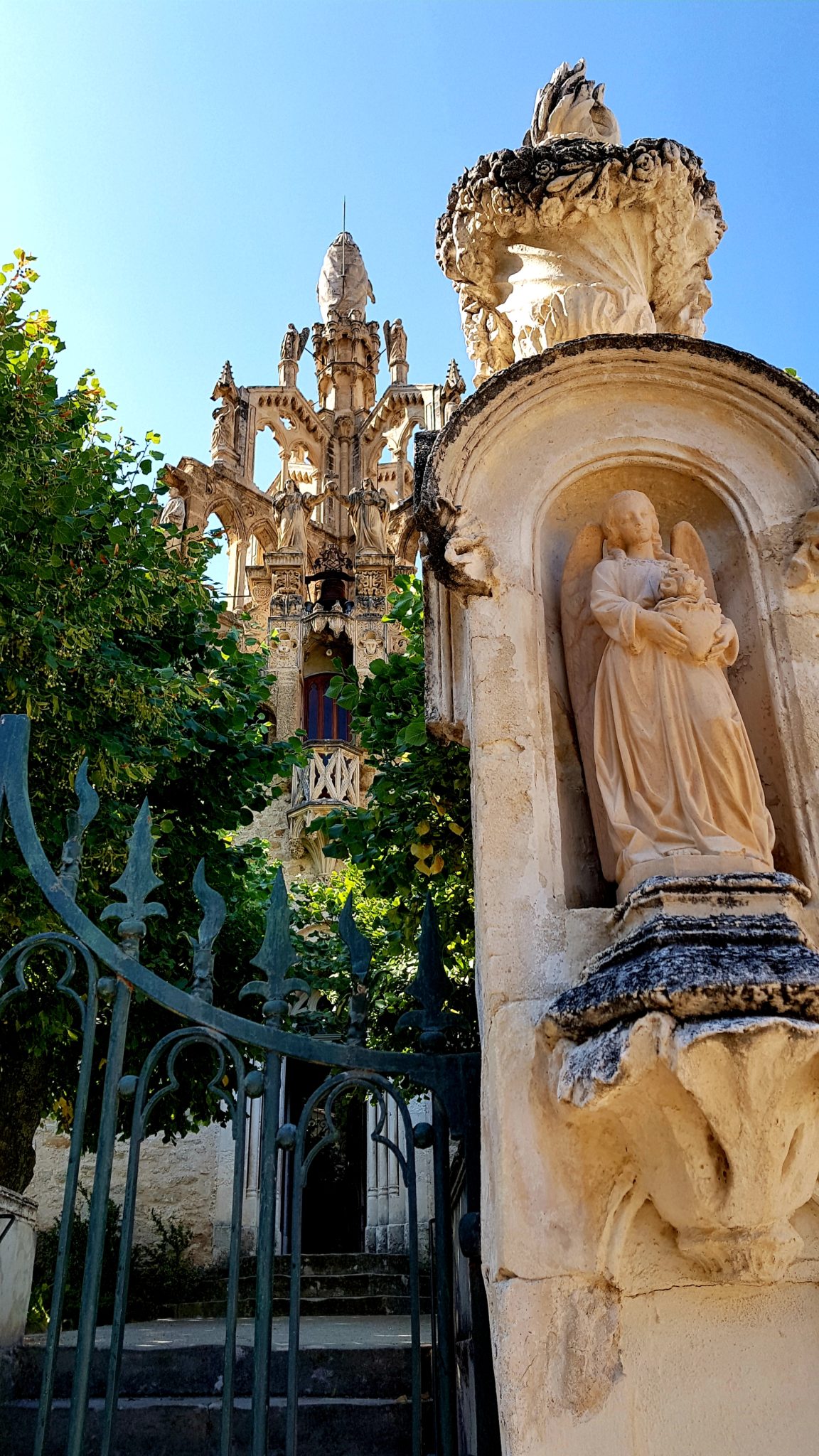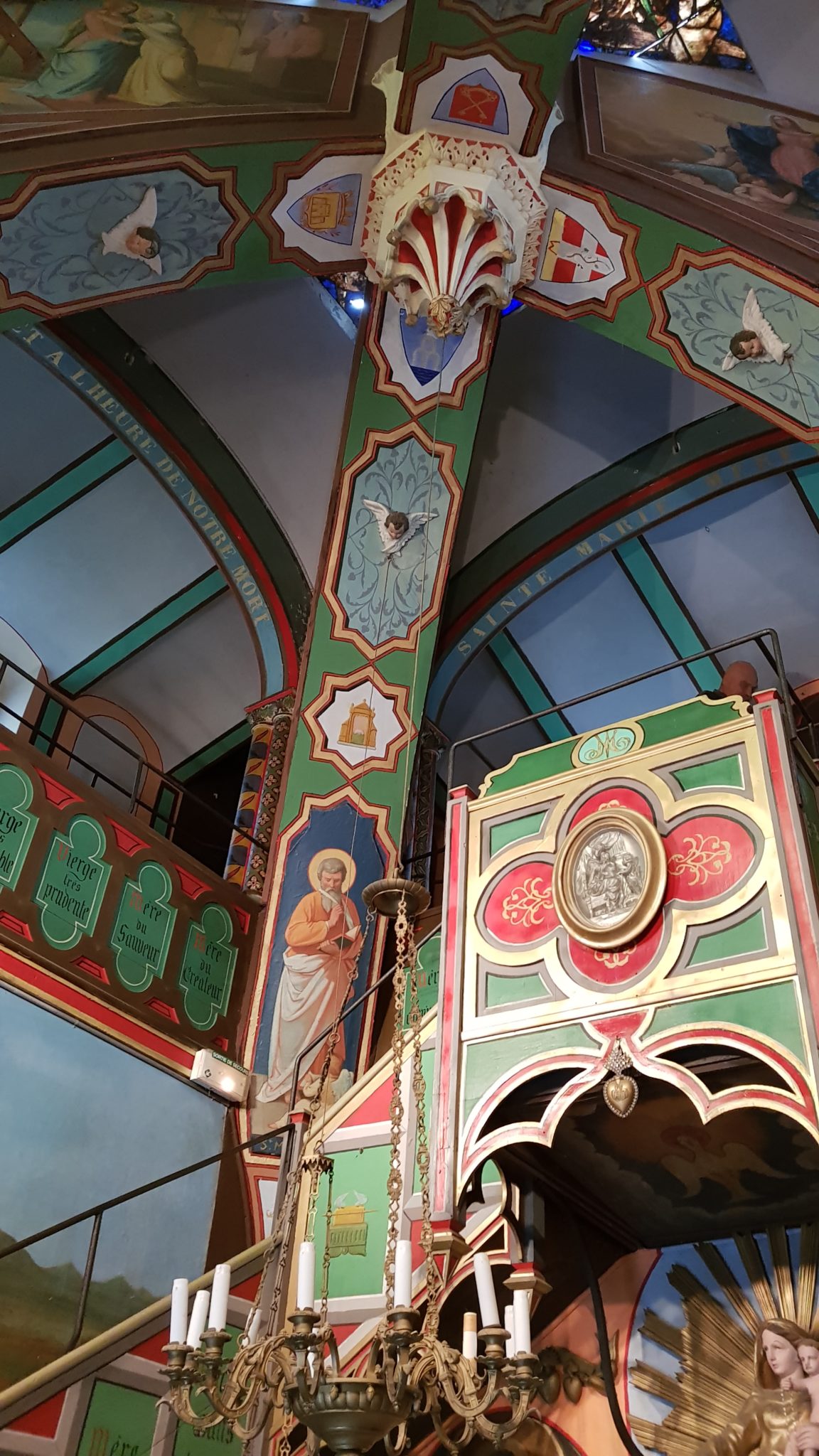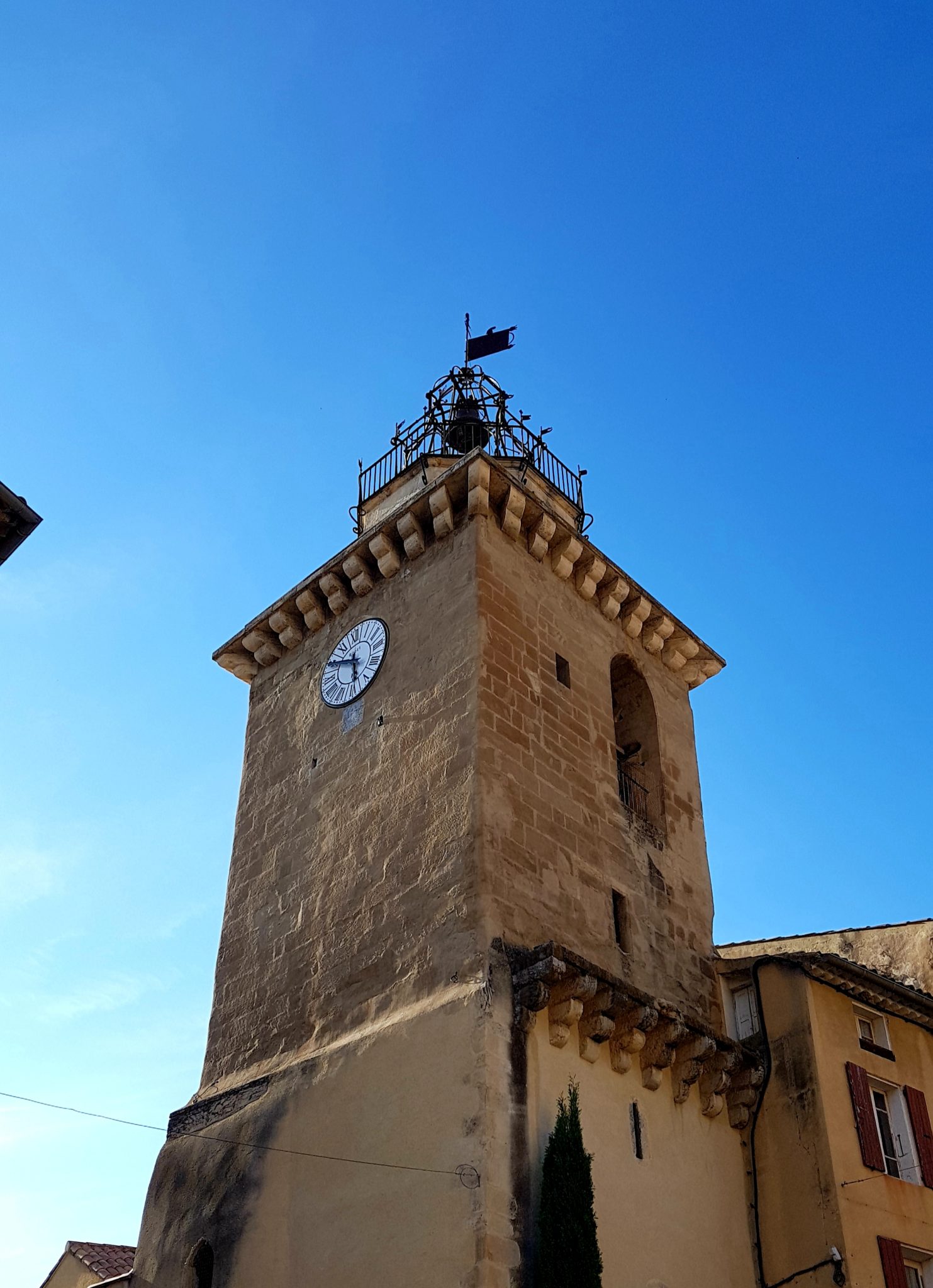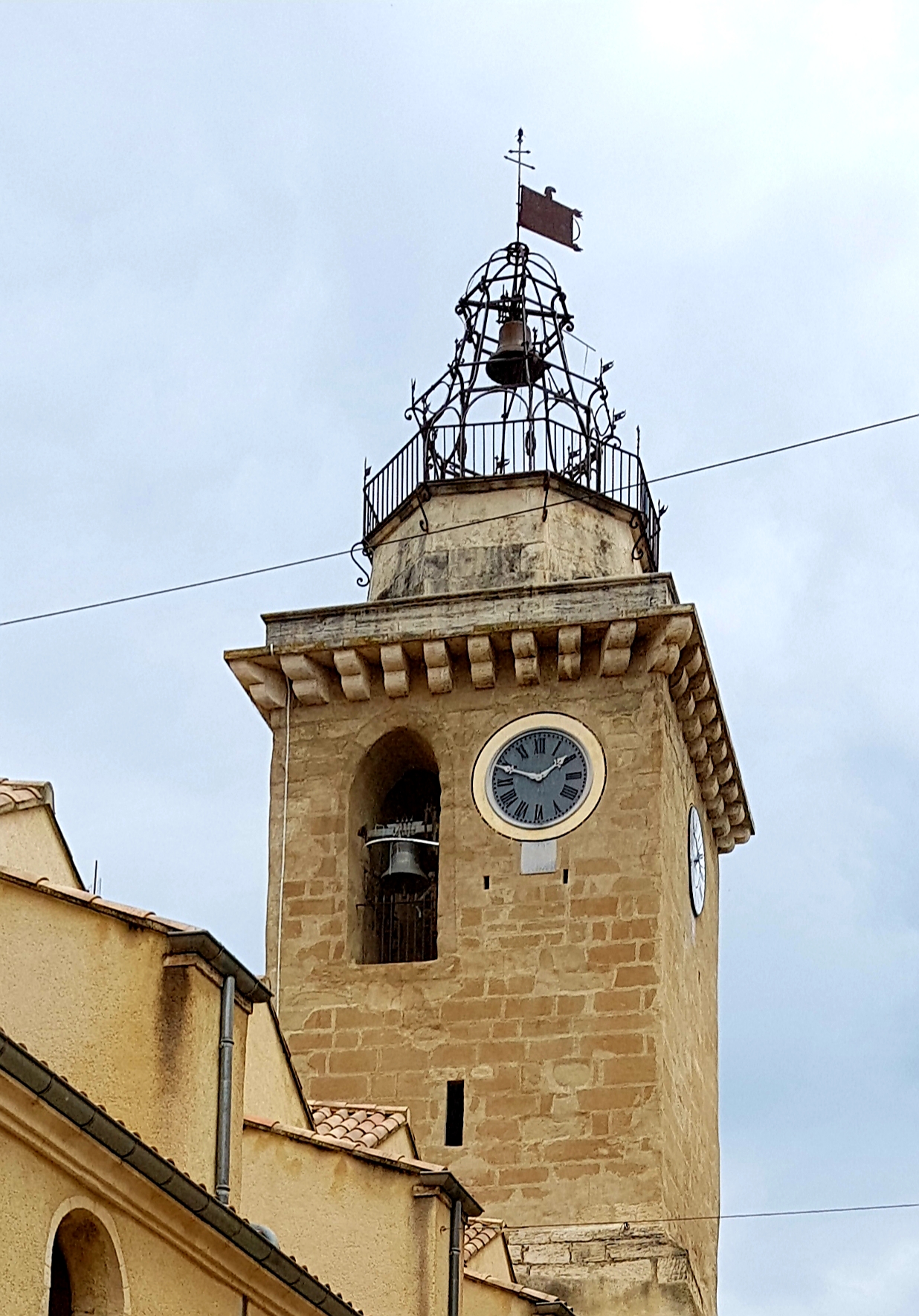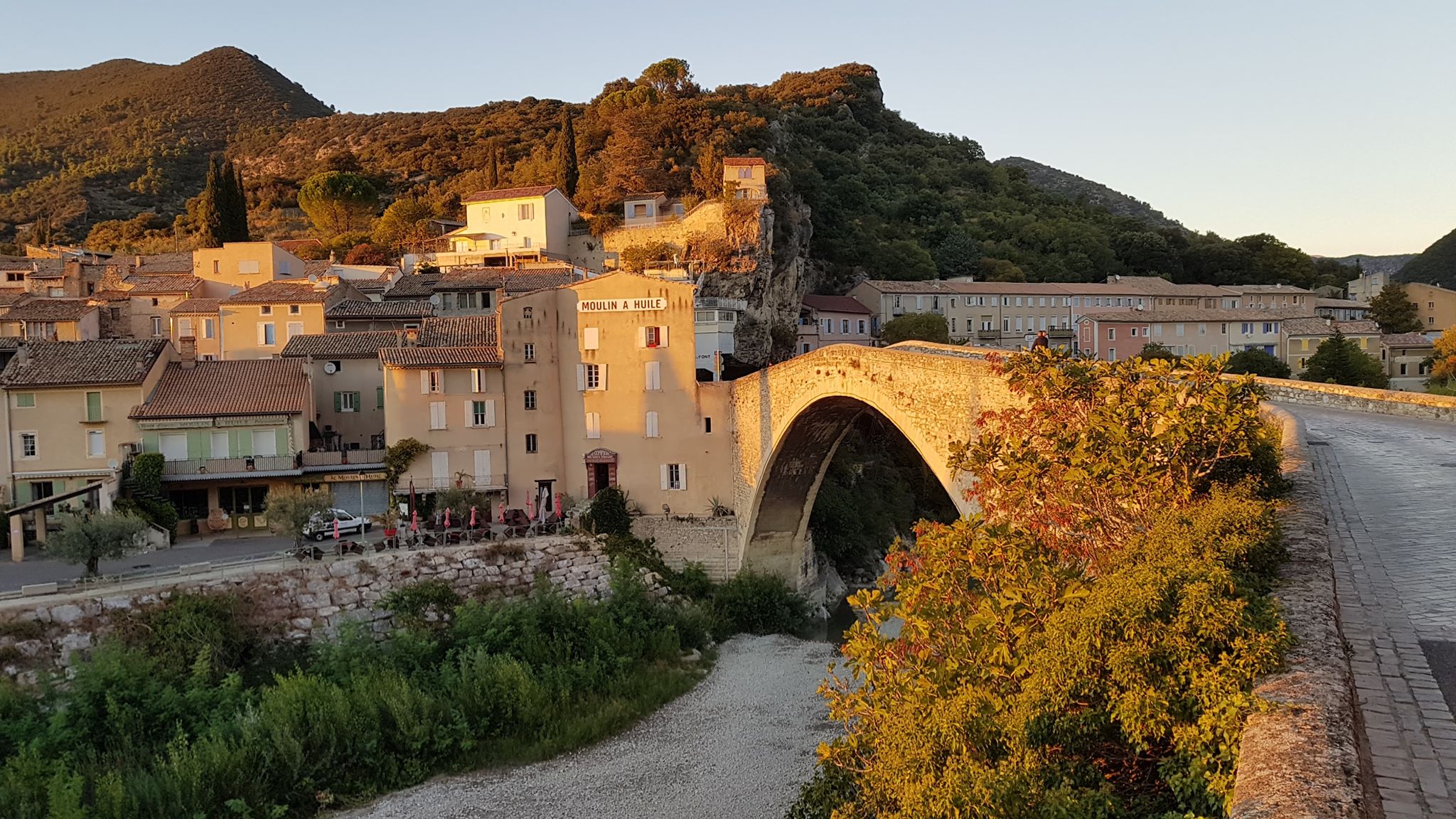Symbol of the city of Nyons for generations, the Randonne Tower was built around 1280, by the Baroness de Montauban, for a defensive purpose, on a rock dominating Nyons. This building of medieval architecture served both as a dungeon and a prison for the military. It was in the nineteenth century, thanks to many donations, that a Francou canon who wanted to thank the Virgin for his blessings, bought the tower to turn it into a chapel. He built on the old dungeon a pyramid of three floors of arcades with four faces adorned with statues, on which stands a statue of 3 meters 50, representing the Virgin and which dominates the city. Renamed chapel Notre-Dame de Bon Secours, it was inaugurated by the bishop of Valence on May 3rd, 1863 in the presence of many faithful people. The interior paintings were made by Léon Alègre, an artist from Bagnols-sur-Cèze. The chapel also contains curiosities such as ex-votos (votive offering) and other interesting objects. This tower was restored in 2004.
The church rebuilt in 1560, dedicated to St. Vincent, is full of treasures, as it contains not only the mausoleum of the Dauphiné heroine Philis de la Charce but also many rare pieces such as a carved wooden altar of the monastery of Saint Césaire, a statue of the Virgin, located above the front door and a painting of the Nativity, an Italian school attributed to Ribera, which has its replica at the Louvre. The location of a church in this part of the city dates back to the appearance of Christianity in the Eygues Valley.
A few meters from there, a bridge over the Eygues with its unique 43-meter arch, of pure Romanesque style, is more than 18 meters high. The Roman Bridge was built between 1341 and 1409 according to the plans of the pontiff brothers (semi-secular, half-religious corporation). The bridge was inaugurated in 1409 by the Bishop of Vaison. In order to protect the city from the armed bands that threatened the country at that time, it was fortified. A toll square tower was located in the middle of the bridge; it was demolished in 1804. Chapels, St. Sixtus and San Sebastian also decorated both ends of the bridge. The remarkable architecture of the Roman Bridge is classified as a historical monument.

